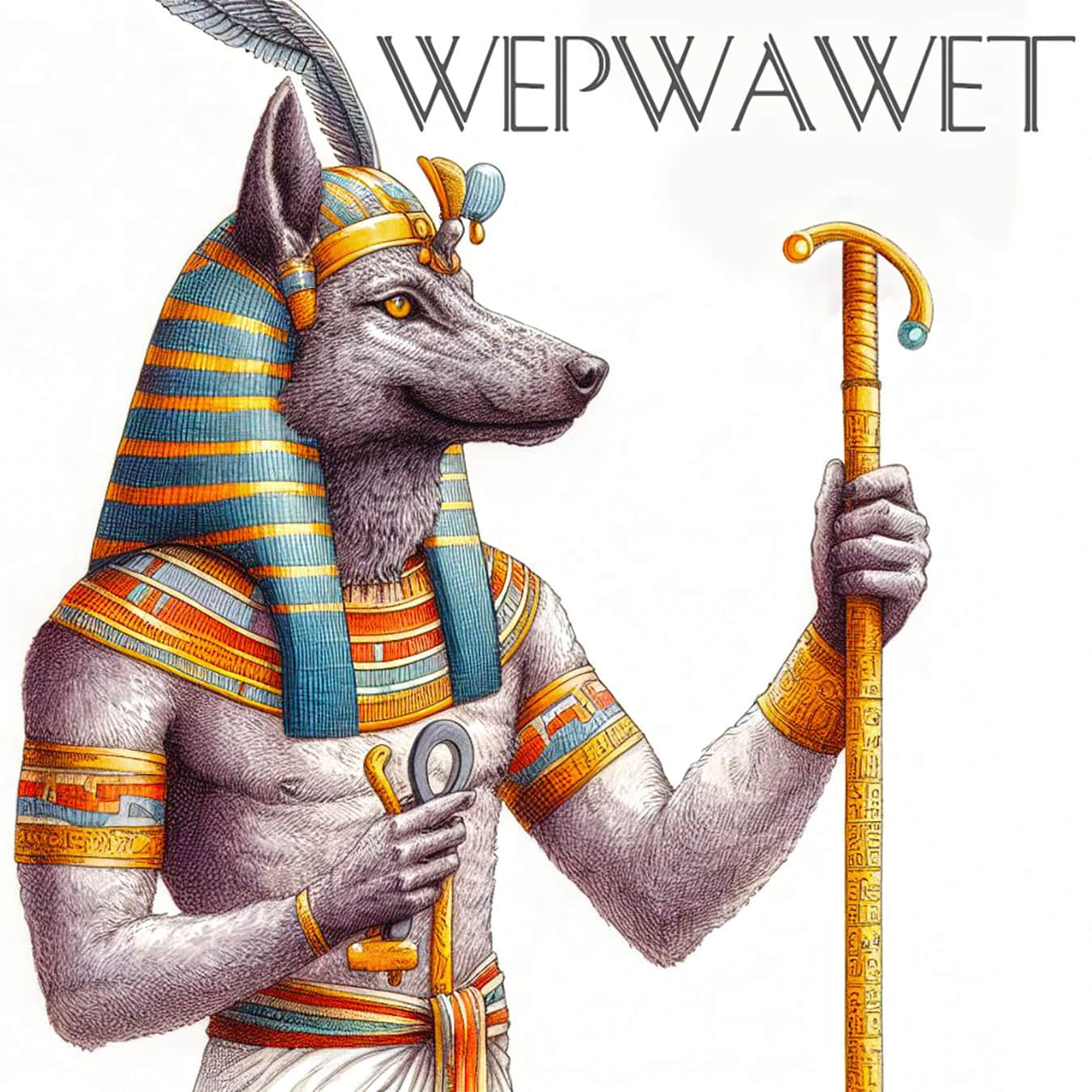- The Was scepter was a symbol of power in ancient Egypt.
- It originally might have been used as a cattle herding stick.
- Deities like Ptah, Seker, Osiris, and goddesses like Satis and Bastet were depicted carrying the Was scepter.
In Egyptian mythology, the Was scepter represented power, strength, and dominance; it had the form of a straight rod topped with the head of a mythological beast and ended in a fork. The Ankh, signifying life, and the Djed pillar, representing stability and dominance, may also appear with this scepter.



History of the Was Scepter
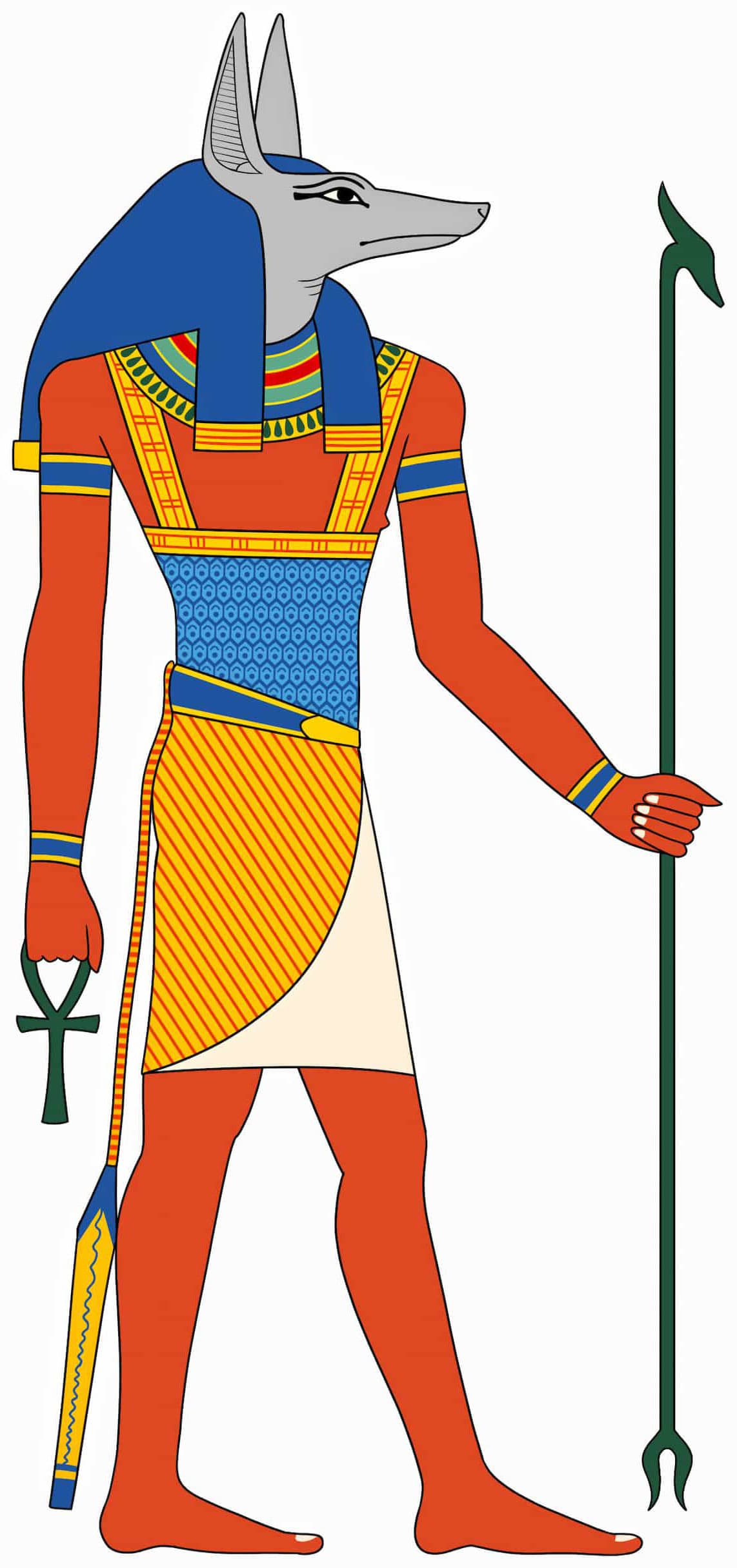
One of the most well-liked Egyptian talismans, the Was scepter stood for hegemony and authority. During the predynastic era of Egypt, the Was scepter may have been used as a stick for herding cattle before becoming a symbol of authority and strength. A person with a staff resembling the Was scepter is pictured in “Tomb 100” in Hierakonpolis.
The Was scepter was consistently linked to prosperity in funeral settings.
Was, a Scepter of God

Ptah, Seker, and later Osiris were shown with the Was scepter in temple reliefs, tombs, and steles. In the chapel of Ramesses II in the Medinet Habu temple, Amun-Ra and Khonsu were seen holding it, as were Ra-Horakhty in Tutankhamun’s tomb, Seth on the Year 400 Stele at Tanis, and the ancient deities Khepri or Igai.
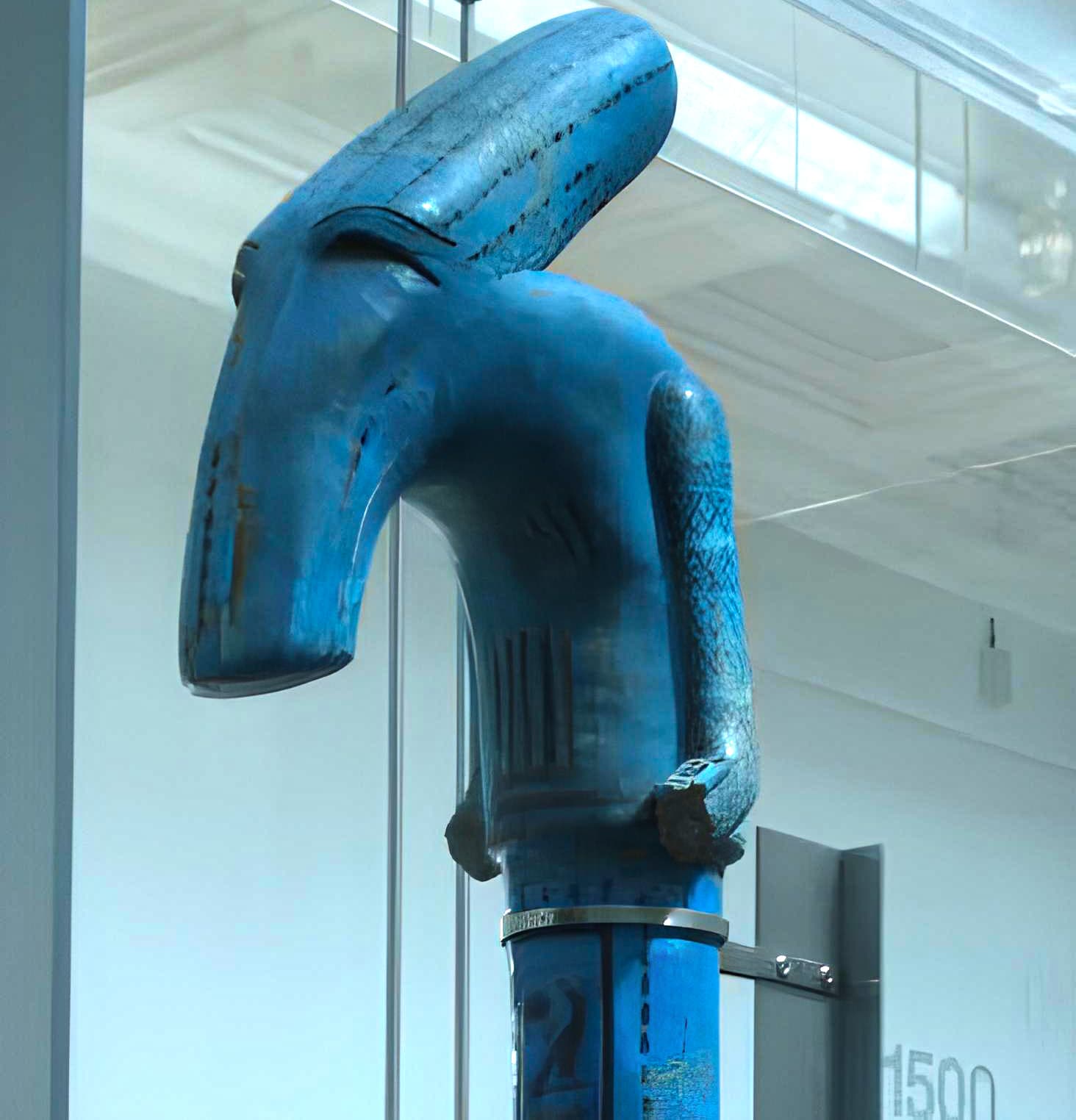
Although it was usually associated with deities, goddesses like Satis and Bastet were not immune to carrying the Was scepter on occasion.
Symbolism of the Was Scepter
Thebes
The Was scepter is a staff depicting an ancient Egyptian emblem. The end is shaped like a stylized animal head, the base is forked, and the shaft may be straight or wavy. It is unclear why the ancient Egyptian city of Waset, also known as the “City of the Was Scepter,” was renamed by the Greeks as Thebes or Thebai.
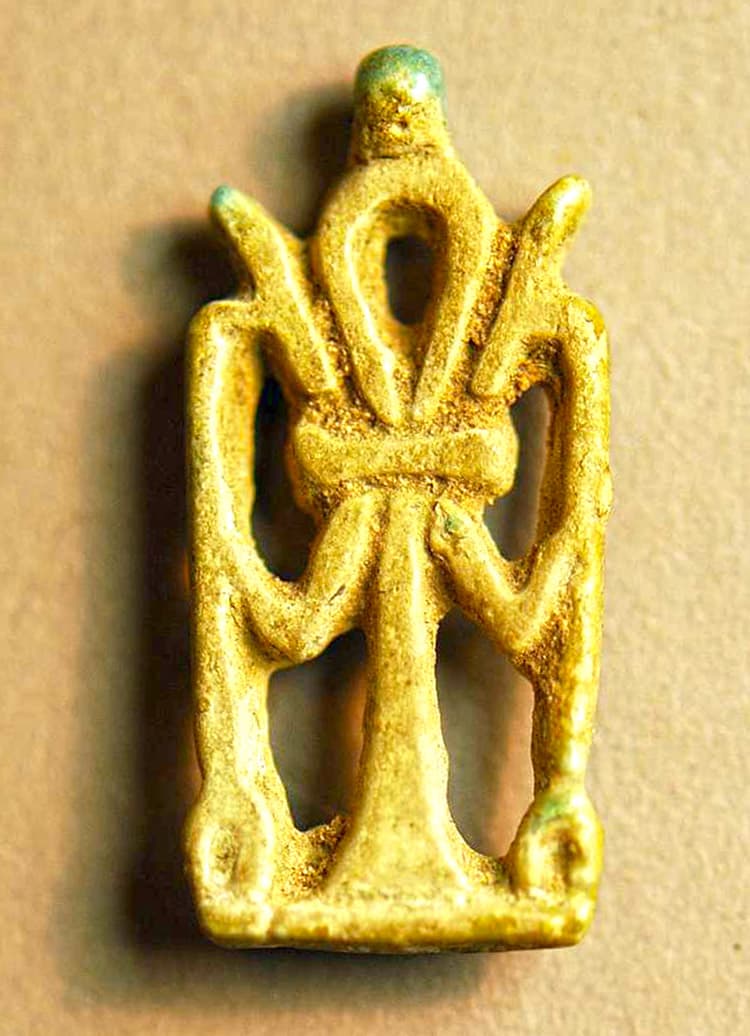
This scepter is most often connected with the monarch and the gods, representing strength and good fortune.
Ptolemaic and Roman temple scenes sometimes show the presentation being made by the monarch to the gods. In addition, it is often used as an emblem in place of the king’s name.
Earliest Appearances

In Upper Egypt, the Was scepter represents the 4th and 19th nomes, a territorial division. As a cult icon, it stands in for the gods Waset, Wasiti, Igai, and Iat and is also regarded as a divine being in its own right.
The earliest appearances of the Was sign are on ancient Egyptian monuments, where it is shown as a pillar of the sky or a celestial scepter. Its history and original significance are the subject of much speculation.
Some have speculated that it was inspired by a stick used for driving donkeys, while others have said that it is a stylized giraffe, snake-necked panther, or even a tool for capturing snakes. Some Ramesside-period tombs show shepherds carrying Was-shaped sticks, suggesting that this scepter might have doubled as a shepherd’s crook.
The Was scepter is kept alive physically by ritual sacrifices, ceremonial burials, and protective artifacts.
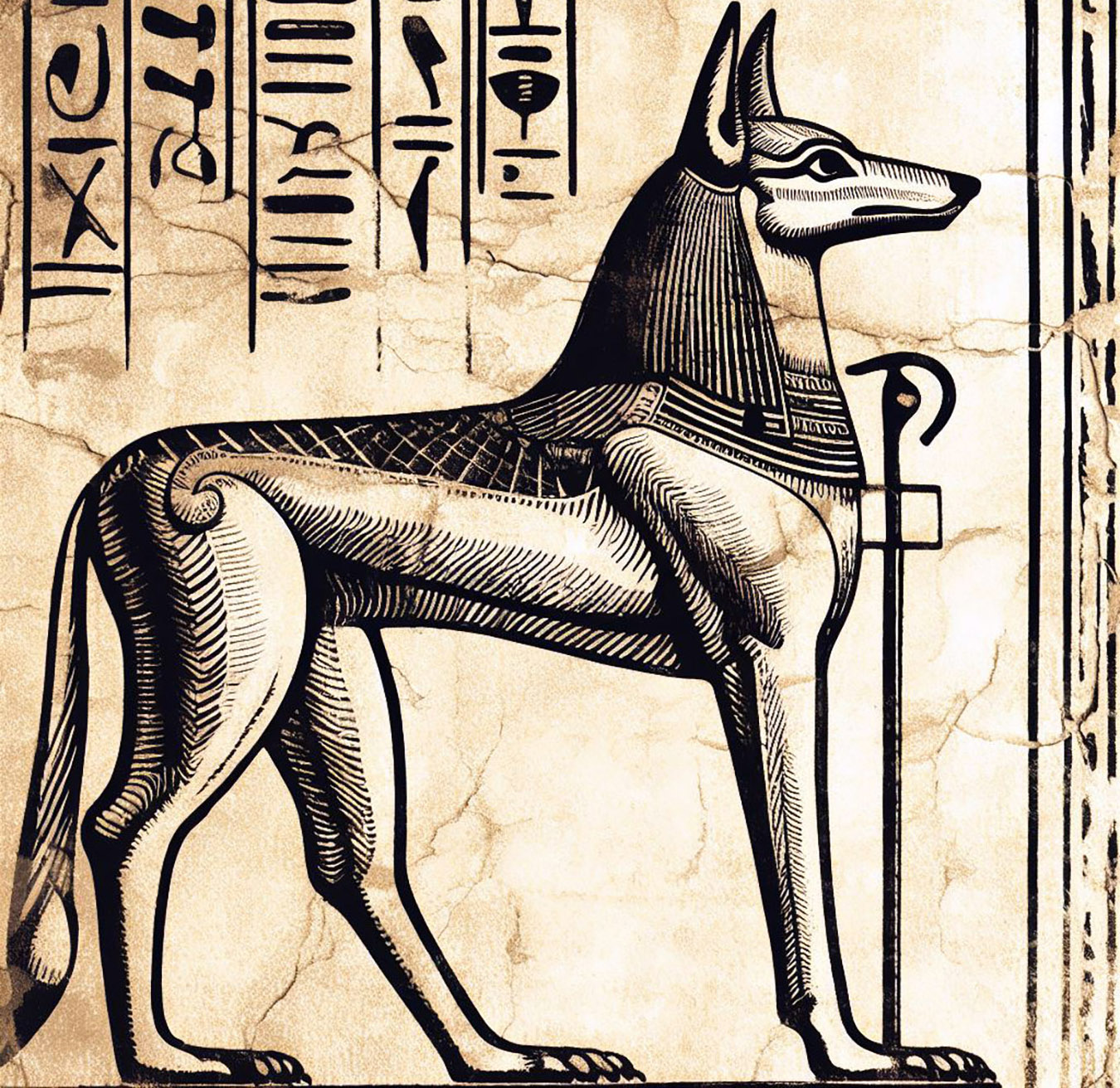
Bull as the Origin of the Was Scepter
It was speculated in Andrew H. Gordon and Calvin W. Schwabe’s 2004 book “The Quick and the Dead” that the Ankh, Djed, and Was symbols were inspired by various anatomical features of the bull that were widespread in these societies.
- The Ankh – symbol of life – vertebra of a bull
- The Djed – symbol of stability – sacrum of the animal
- Wosret – The Was scepter is the symbol of this goddess and its name might have derived from her.



